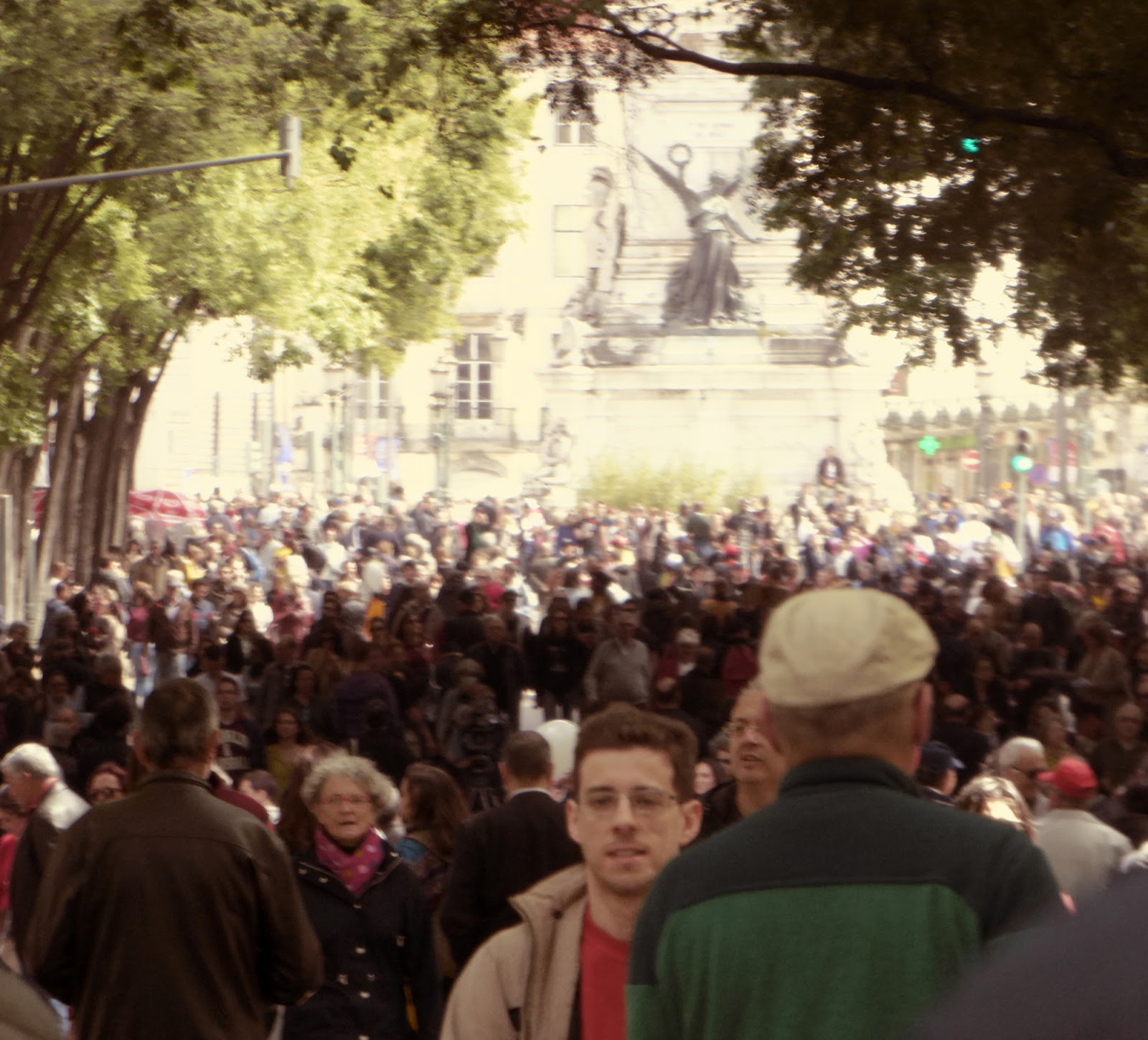Museu do Dinheiro, culture and architecture - Valmor Prize 2014
The Museu do Dinheiro ( museum of the money) is well representative of the cultural dimension of architecture. The works to establish the museum in the old building of the Church of S. Julião are exemplary in showing how to integrate the historic heritage in a contemporary architectural project.
The Museu do Dinheiro, in Lisbon, occupies the space of an old church - S. Julião, built as part of a Pombaline block with a project by Reinaldo dos Santos, in 1764. After a fire in 1816, the church collapsed and has then been rebuilt over the following decades.
In 1933 the building was bought by the Bank of Portugal, which had already its headquarters on the same block. Since then, the old church was used by the bank as a place to keep the vaults, as a garage, etc.
Within the context of a general plan for the revitalization of Baixa Pombalina (2006), the Bank of Portugal decided to convert the old church, already in decay, into a museum.
A public tender was launched in 2007, and among the four competing Portuguese architecture offices, the joint proposal of the architects Gonçalo Byrne and João Pedro Falcao de Campos was chosen.
Between the approval of the project and the opening of the museum (2016) there were around five years of intense work, under the guidance of the architects with teams of archaeologists, engineers, designers, conservators, among others professionals.
The preservation of the existing historic heritage and its valorisation were always a basic requirement in the architectural project. The strategy consisted in recovering the original "substance" of the building, adapting it to new functional needs and use.
In 1933 the building was bought by the Bank of Portugal, which had already its headquarters on the same block. Since then, the old church was used by the bank as a place to keep the vaults, as a garage, etc.
Within the context of a general plan for the revitalization of Baixa Pombalina (2006), the Bank of Portugal decided to convert the old church, already in decay, into a museum.
A public tender was launched in 2007, and among the four competing Portuguese architecture offices, the joint proposal of the architects Gonçalo Byrne and João Pedro Falcao de Campos was chosen.
Between the approval of the project and the opening of the museum (2016) there were around five years of intense work, under the guidance of the architects with teams of archaeologists, engineers, designers, conservators, among others professionals.
The preservation of the existing historic heritage and its valorisation were always a basic requirement in the architectural project. The strategy consisted in recovering the original "substance" of the building, adapting it to new functional needs and use.
With all its assets, the Museu do Dinheiro is a cultural place to visit !
In addition to the exhibition areas about the history and the world of the money, the building also integrates an interpretation centre to show archaeological findings discovered during the excavations works. Among the various objects on display, are the medieval wall of D. Dinis, a section of the former XVI century Royal Palace and some Pombaline XVIII century foundation pillars which no longer met the security requirements, and were removed from the block.
The project by the architects Gonçalo Byrne and João Pedro Falcão de Campos was awarded the Valmor Prize 2014.
Promoter: Banco de Portugal
Post and Photos credits: Lisboa Architecture Walks & Trips





Comments
Post a Comment